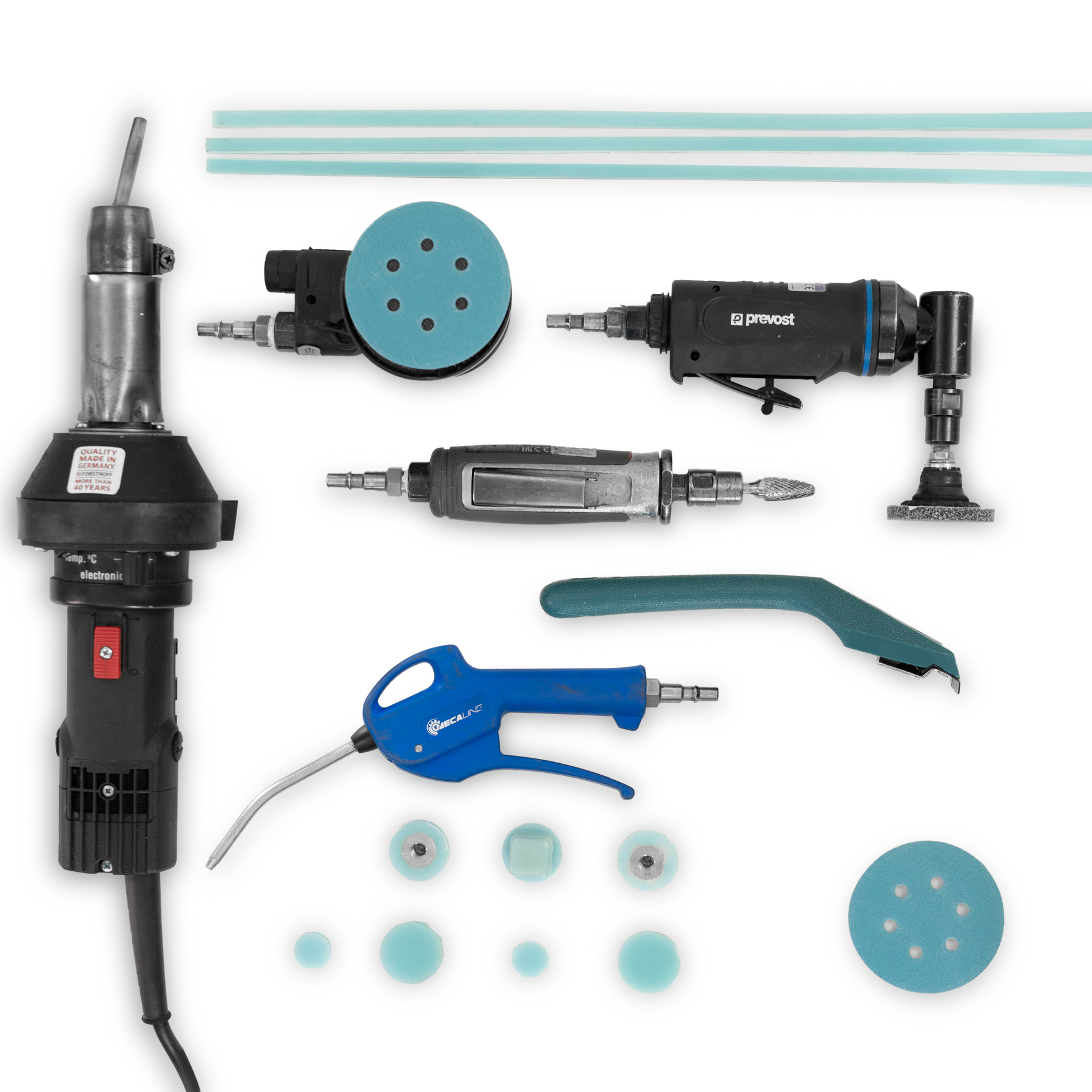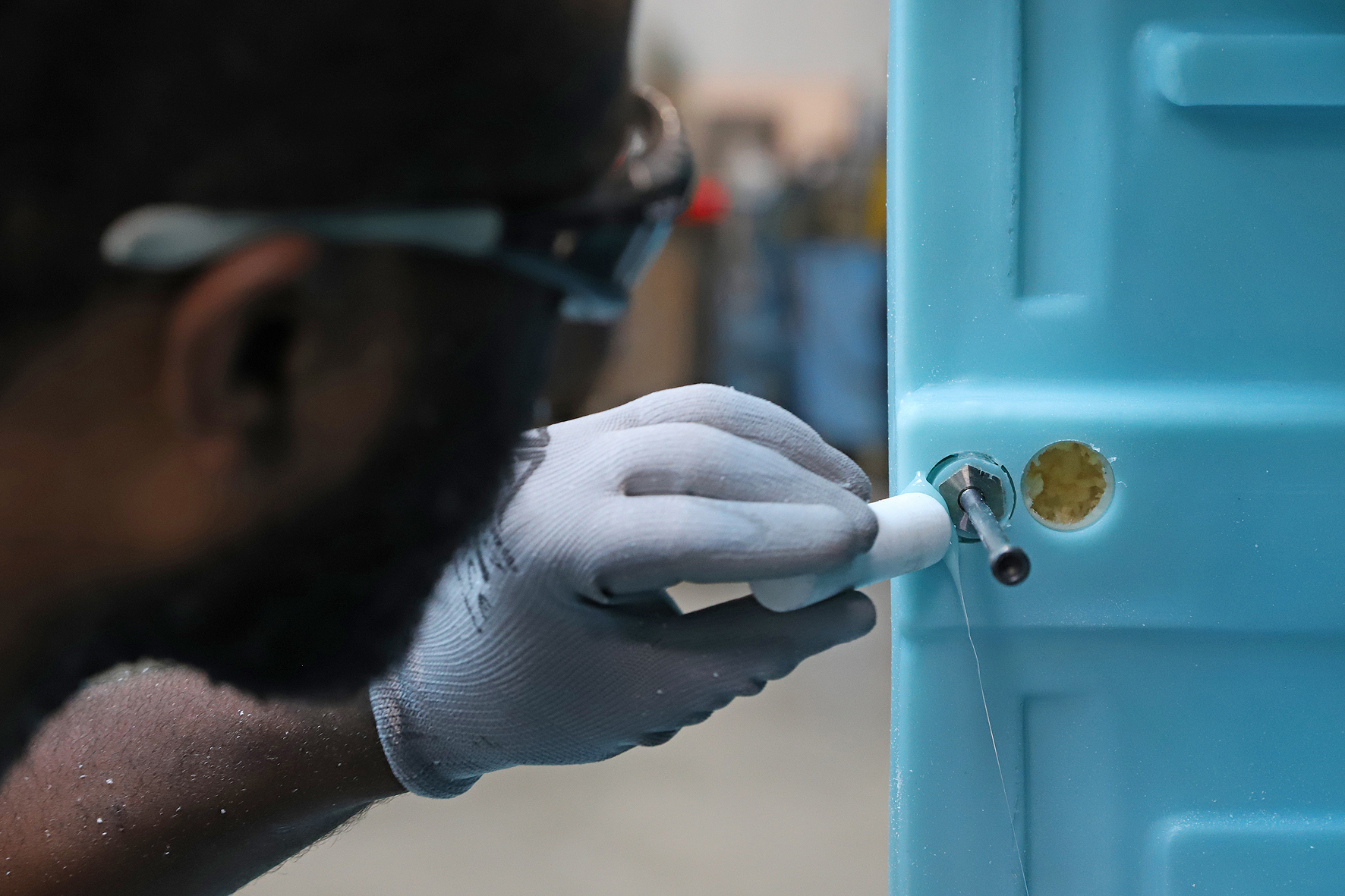1. Hygiene
According to the Hygiene Package, firms operating in the agri-food sector are obliged to comply with good hygiene practices in application of the HACCP principles laid down in Regulation (EC) no. 852/2004.
Implementing a food safety procedure based on the principles of the HACCP system makes it possible to:
- Analyse the potential hazards linked to each operation in the activity;
- Determine the critical control points which can be monitored to eliminate or reduce the danger;
- Establish the values, limits and tolerances to be respected;
- Define the monitoring procedures to keep critical points under control;
- Plan the corrective measures to be taken in the event of a nonconformity;
- Plan measures to check the effectiveness of the method;
- Formalise the procedures in writing;
Using a dirty and soiled container increases the risk of contamination which would render its user liable. It is therefore obligatory to set up a rigorous, appropriate and documented hygiene procedure.
The user must take account of its activity when planning the method and frequency of washing operations.
As the majority of products transported will be pre-packed, it will not be necessary to wash out the container after each rotation. On the other hand, as seafood products are packed with ice, which produces runoff water, meticulous cleaning of the container is advised between two rotations.
Finally, it is strongly recommended that two products with different specific organic properties not be transported in the same container. For example, any product releasing ethylene should be isolated and transported separately (e.g. bananas, tomatoes, apples, etc.) or there will be a risk of accelerating the ripening process of other produce transported.
2. Cleaning
Cleaning must combine mechanical action [brushing/high pressure washing] and chemical action [detergent/disinfectant]. The chemicals used must be non-toxic, fragrance-free and approved for food use.
Maximum wash temperature: 70°C
High pressure wash distance: 80 cm
Example of detergent to use: ORAPI by Oranet
Too high a pressure or insisting too much on the same spot with the lance of a pressure washer can damage the container, particularly by causing the seal to come away.
Removal of food residue => initial cleaning => rinse => disinfection => final rinse => drying
Manual cleaning, with an automatic washer or using a steam cleaning system are all techniques that can be used to achieve quality cleaning.









